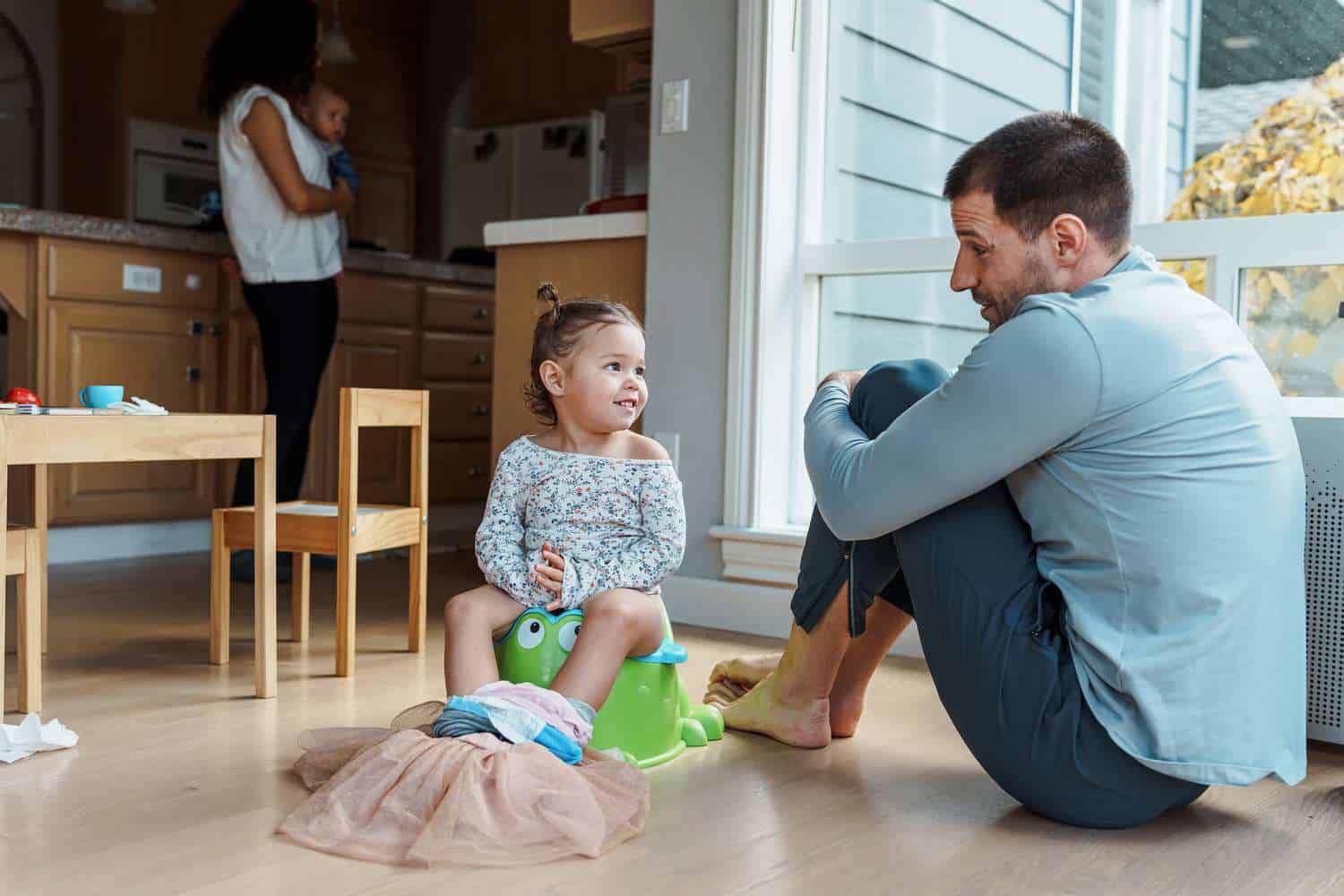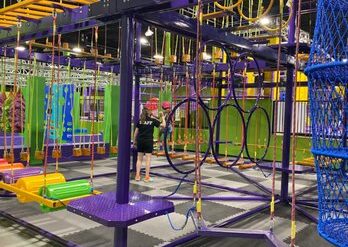Embark on the Potty Training Adventure: A Parent’s Guide to Success
Hey there, Super Parents! Are you ready to dive into the exciting world of potty training? It may feel like a daunting task, but fear not! With this comprehensive guide, you’ll be equipped with all the tips and tricks to make this journey as smooth as a baby’s bottom. So grab a comfy seat (pun intended), it’s time to turn those diaper days into potty prowess!
Understanding the Right Time to Start Potty Training
First things first—timing is everything when it comes to potty training and spotting readiness in your little one is key. Every child is unique, so look for signs like staying dry for longer periods, showing interest in the toilet, or disliking wet diapers. Generally, kids show readiness between 18 to 24 months, but hey, there’s no rush! Starting too early or too late can make the process longer, so listen to your child, not the calendar.
Choosing the Perfect Potty
Before you kick start the potty training mission, picking the right gear is crucial. From a standalone potty chair to a special seat that fits on your regular toilet, consider what will make your child most comfortable and confident. Jazz it up with fun colors or their favorite characters—making it exciting can encourage them to use it!
Setting up a Potty Training Schedule
Routine is your friend when it comes to potty training. Establish a consistent schedule, which includes toilet breaks after meals, before bedtime, or during other strategic times of the day. Consistency helps create a habit and with habits, come success!
Demystifying the Potty Training Process: A Step-by-Step Approach
Alrighty, let’s break it down into manageable steps:
- Dress for Success: Start with easy-to-remove clothing. This will help your toddler get to the potty quickly and without fuss, which is particularly important when they start to recognize the need to go.
- The Sit-Down Chat: Spend some time talking to your child about the potty. Explain how it’s a normal part of growing up and even involve them in the process by letting them flush or wash their hands.
- It’s Practice Time: Encourage your child to sit on the potty fully clothed first so they get used to it. Gradually progress to sitting on the potty without a diaper, especially after they wake up or about 20 minutes after meals.
- Celebrate the Victories: Praise and positive reinforcement work wonders. Celebrate every little success with a high-five or a sticker chart to motivate them further.
Navigating Setbacks with Grace
Whoopsie daisies! Accidents are totally normal and to be expected. They’re just part of the learning process. When they do happen, maintain your cool. Reassure your kiddo that it’s okay and that they’re still doing an awesome job. Encouragement over discouragement always!
Potty Training Boys vs. Girls: Is There a Difference?
Yep, little differences do exist. Boys may need to start with sitting down to pee to make it simpler, and girls need to be taught how to wipe properly to avoid infections. Regardless, the principles of patience, consistency, and positivity apply to both!
There’s more to dig into, but let’s pause here and give you a moment to absorb all this info. Remember, every child’s potty training adventure is unique, but with patience, love, and the right approach, you’ll soon be saying a fond farewell to diapers. Stay tuned for more, but in the meantime, breathe easy knowing you’ve got this!
We’re excited to join you on this journey—up next, we’ll cover more advanced tips, tricks, and strategies for successful potty training. From dealing with night-time training to managing outings and tackling regressions, we’ve got a boatload of advice waiting for you, so don’t wander too far!

5 Things Parents Should Know in Preparing for Potty Training
Embarking on the potty training journey can feel overwhelming, so to make sure you’re all set, here are five key points to keep in mind before you start:
- Understand Your Child’s Development: Potty training isn’t about a set age; it’s about developmental signs. Look for cues like being able to follow simple instructions, being uncomfortable with dirty diapers, and curiosity about the toilet. Igniting interest is half the battle won!
- Choose Appropriate Attire: When you’re in the trenches of potty training, you’ll want your child in outfits that are quick and easy to take off. Think elastic waistbands and avoid complicated snaps or zippers.
- Clear Your Calendar: Try to start potty training during a period when you can maintain a regular routine for a few days. Consistency will be your best friend during this transition, so keep those schedules clear and focus on the potty!
- Communication is Key: Talking about potty training before actually starting can ease your little one into the idea. Read books about it, show them the potty, and let them see family members use the toilet to normalize the behavior in their eyes.
- Embrace the Mess: Mentally prepare yourself for accidents—they are going to happen, and that’s perfectly okay! Keep calm and support your child through the clean-up. It’s all part of the learning experience.
Patience and Preparation: The Pre-Potty Training Setup
To set the stage for triumph, consider these prep steps:
- Creating a Positive Environment: Your attitude towards potty training can heavily influence your child’s experience. Stay upbeat and treat it as an adventurous game rather than a chore.
- Gathering Supplies: Stock up on needed supplies like a potty chair, step stool, training pants, and rewards for your little champion. Have them on hand to avoid last-minute scrambles.
- Potty Placement: Place the potty in an accessible location where your child spends a lot of their time. Visibility is a gentle reminder of its purpose.
- Role-Playing: Sometimes, child-friendly approaches like having their favorite doll or toy “practice” using the potty can make your toddler more eager and ready to follow suit.
- Potty Training Language: Decide on the words you’ll use to describe body functions. Consistent language helps in clear communication between you and your child.
By keeping these tips and tricks in your parenting toolkit, you’re ensuring a smoother potty training experience for you and your child. It’s a substantial milestone in your child’s development, so go ahead and make it as stress-free and fun as possible. Get ready to cheer, support, and watch your little one grow in independence one flush at a time!
With your potty training plan in place, let’s look forward to navigating the next phase of your child’s growth journey together. Stay positive, stay prepared, and remember: every little step is progress. You’ve got this, and we’re with you every step of the way.
See more great Things to Do with Kids in New Zealand here. For more information see here
Disclaimer
The articles available via our website provide general information only and we strongly urge readers to exercise caution and conduct their own thorough research and fact-checking. The information presented should not be taken as absolute truth, and, to the maximum extent permitted by law, we will not be held liable for any inaccuracies or errors in the content. It is essential for individuals to independently verify and validate the information before making any decisions or taking any actions based on the articles.




